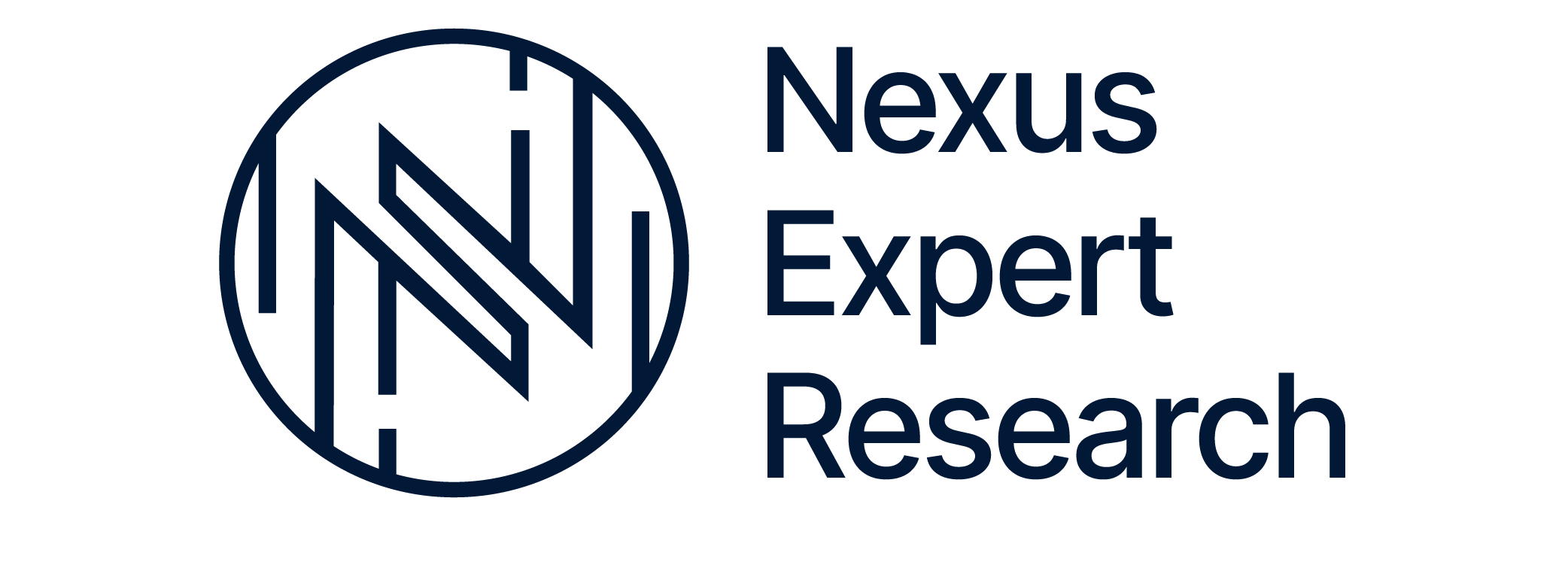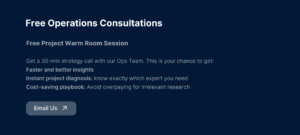
When you hand an expert network a niche brief, you might ask: how do they actually find the right person?
Sometimes it’s as simple as a LinkedIn search. Other times it means digging through journals and patents. Below is how the process actually works, step by step.
The database: the first line of search
Expert networks keep a growing internal roster. Each profile lists role, employer, years of experience, and the topics the person can speak to. Many profiles also carry past call ratings and short notes or transcripts from earlier sessions.
That history matters. It tells a recruiter who reliably shows up and gives useful answers. When a request comes in, the database is queried with keywords, role tags and profile scores. The result is a ranked shortlist — think of it as searching a specially curated people index.
Custom sourcing when the index comes up empty
If the perfect person isn’t in the database, the team goes hunting. This is where expert search work gets forensic. Recruiters scan author lists on papers, patent filings, conference speaker rosters, and niche forums. They pull public signals and turn them into leads.
Outreach follows quickly. Recruiters contact potential candidates via LinkedIn, university media offices, or direct email. The message always points to something concrete — a paper, a patent, a conference talk — to show the request is real.
Outreach: template plus a real hook
Outreach is built around a short template and a customized hook. The template is two lines: who you are, one sentence on the project, and the ask (15–30 minutes). The personalization is the hook: “I read your 2022 paper on X” or “I liked your talk at Y.” That small detail lifts reply rates.
A typical outreach reads like: “Hi [Name], I’m interviewing experts for a product team testing [topic]. Could we do 20 minutes next week? I read your paper on [X] and would value one practical takeaway.” Recruiters move fast, track replies, and handle pay and scheduling if the candidate says yes.
Vetting: who sets the rules and how they’re applied
Screening standards come from two places. The client provides hard requirements — title, years of experience, current or former employers, or specific project experience. The project manager converts those into a recruiter checklist.
Recruiters run a quick pre-screen call or questionnaire to confirm hands-on experience. The checklist typically covers role match, relevant projects, publications or patents, and conflict flags. If the expert ticks the boxes, they join the shortlist.
Compliance: the guardrails everyone respects
Compliance is in every step. Before experts get briefed, they fill out conflict-of-interest forms. Networks log affiliations and current customers. NDAs are issued when a client needs confidentiality.
Compliance teams screen for material non-public information (MNPI) and insider risks. If a proposed call risks legal exposure (think delibrate or accidental divulgence of protected material), the network either narrows the scope or declines the match. Cooling-off rules and topic exclusions are enforced to keep both clients and experts safe.
Protecting IP and sensitive details
Both client IP and expert IP get protected. Clients state what they cannot disclose. Experts receive a short written brief that flags off-limit topics. Calls are recorded only with consent. Transcripts live encrypted behind access controls. When sensitive identifiers appear, platforms redact them in summaries. Payments and invoices pass through the platform, creating a clear audit trail.
Tech plus human judgment: how matches are surfaced
Automation narrows the candidate pool. ML reads tags, past call success and keywords. But humans still do the final check. A recruiter listens for nuance: did this person actually ship the product, or only write about it? A short phone probe separates surface expertise from real, applied experience.
Mining public signals and converting leads
Public records are treasure. Recruiters pull names from all sort of publicly available pages and profiles, like, Google Scholar, patent databases, conference rosters, news, and company bios. They find contact details from faculty pages and press releases. Social channels and niche subreddits can surface knowledgeable experts, too.
Recruiters test interest with a short pitch and an explicit compensation offer. If someone declines, recruiters log the reason. That refusal data refines future searches and outreach tactics.
Incentives, payouts, and retention mechanics
As with most side hustles, for experts a working with a network is only worth it if it gets them at least one, if not two of these: lucrative pay and good experience. Experts come back when the experience is easy. Networks offer clear fees, fast payouts, calendar invites, reminders, and concise prep notes. After the call, experts get paid and asked for a quick rating. High-rated experts get priority on future matches. That reward loop builds a dependable pool the database can draw on repeatedly.










